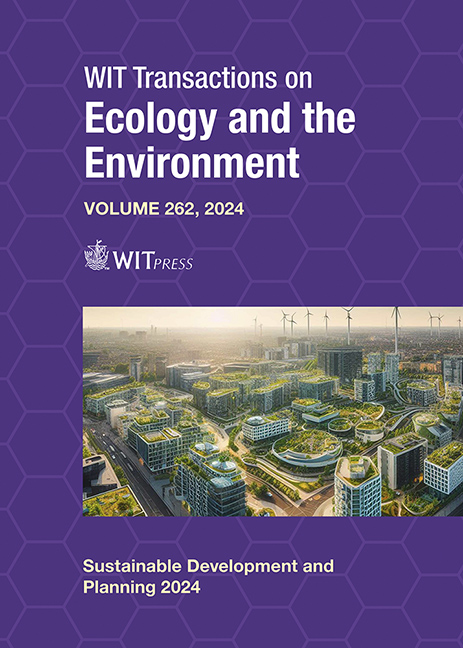MATHEMATICAL MODELLING OF A BINARY SYSTEM OF COPPER AND LEAD BIOSORPTION IN A FIXED BED COLUMN
Price
Free (open access)
Transaction
Volume
262
Pages
13
Page Range
545 - 557
Published
2024
Paper DOI
10.2495/SDP240451
Copyright
Author(s)
FELICIA OMOLARA AFOLABI, PAUL MUSONGE
Abstract
Since it is extremely uncommon for wastewater to have a single metal ion, it is crucial to investigate the impact of metal ion coexistence when applying the biosorption method for industrial-scale wastewater treatment. In the industrial treatment application and scale-up of biosorption processes, numerous operating parameters are crucial. However, the initial concentration is a major operating parameter influencing adsorption of heavy metals. In this study, the effect of initial metal ion concentrations on the adsorption of Cu2+ and Pb2+ in a binary solute system was investigated in a column study using natural orange peels as an adsorbent. The experimental data was fitted to the current dynamic models (Thomas, Yoon–Nelson and Bohart–Adams). Since the binding site was rapidly saturated, a rise in the influent concentration produced a steeper breakthrough curve that was closer to the origin. For both metals, the breakthrough time dropped with increased initial concentration. For all three of the starting concentrations that were examined (10, 50, and 100 mg/L), the adsorption capacity of Pb2+ was consistently greater than that of Cu2+, and this difference was dependent upon the binding strength of Pb2+. The experimental results showed good performance from the Yoon–Nelson and Thomas models, with a strong correlation coefficient (R2 > 0.9). The results obtained have shown that the performance of the fixed bed column conducted at a laboratory scale was efficient throughout the experimentation hence, this can be scaled up for industrial treatment applications.
Keywords
biosorption, heavy metal, bi-solute, wastewater, modelling





